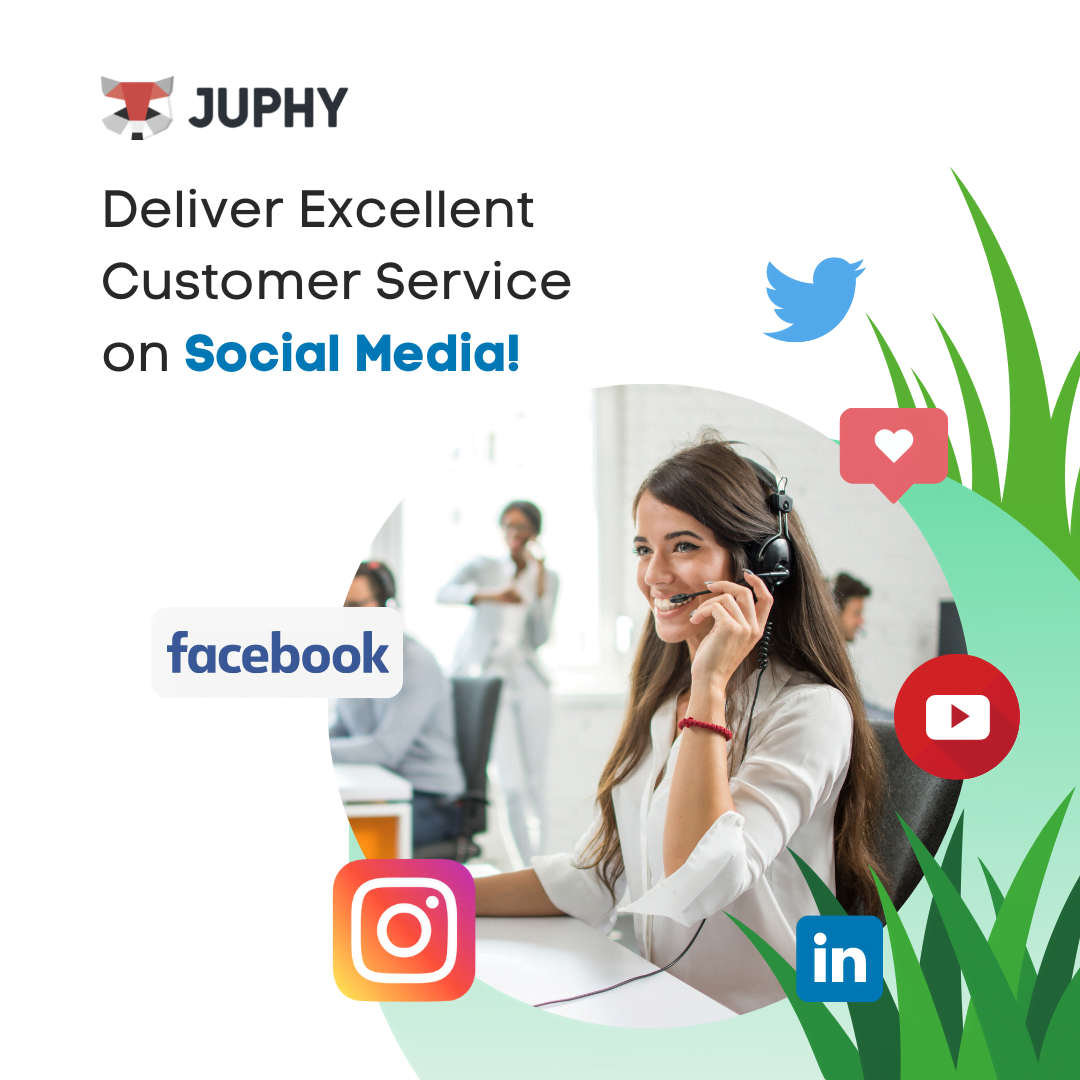Ubisoft, the renowned game development giant, is finally setting sail with its long-awaited pirate-themed video game, “Skull and Bones.” The journey to launch has been tumultuous, marked by production challenges and delays. In a gaming landscape dominated by various genres, the pirate theme has not been extensively explored, making the release of “Skull and Bones” a significant event in the gaming community.
Historical Context of Pirate Themes in Video Games
Pirates, despite their popularity in film and other media, have rarely been the central theme in video games. The success of Rare/Microsoft’s “Sea of Thieves” in 2018 was a notable exception, inviting players to embrace their inner pirate. Ubisoft had previously tasted success with the pirate-themed “Black Flag” installment of the “Assassin’s Creed” franchise in 2013, setting the stage for their ambitious foray into the world of pirate adventures.
Ubisoft’s Entrance into Pirate-Themed Games

Ubisoft’s decision to develop “Skull and Bones” as a standalone franchise was fueled by the positive response to “Assassin’s Creed: Black Flag.” Despite facing challenges, the company saw an opportunity to create a unique gaming experience set in an open virtual world where players could sail alone or form pirate gangs with friends. The anticipation built over the years as Ubisoft aimed to establish “Skull and Bones” as a flagship title.
Development Challenges
The development of “Skull and Bones” encountered its fair share of storms, resembling more of an odyssey than a Caribbean cruise. Delays, employee turnover, strategic shifts, and the pressure to deliver in the high-cost world of blockbuster game creation posed significant hurdles. Yet, Ubisoft persevered, bringing together various studios under its banner to ensure the game’s completion seven years after its initial announcement in 2017.
Game Overview
“Skull and Bones” invites players to embark on a virtual journey in the Indian Ocean, taking on the role of a shipwrecked pirate with the ambitious goal of becoming the greatest pirate in the region through plunder and barter. Ubisoft’s creative director, Justin Farren, emphasizes the vastness of the game, where players must navigate treacherous seas, maintain their ship and crew, gather resources, and engage in epic battles. The immersive experience promises to be a grand adventure for gaming enthusiasts.
In-Game Challenges and Features
Navigating through dynamic currents and weather conditions, players must keep their ships and crews in fighting shape. The game’s complexity lies in resource management and strategic battles, offering a multifaceted gaming experience. Ubisoft’s CEO, Yves Guillemot, assures players that “Skull and Bones” is a colossal game, showcasing the depth and completeness that gamers crave.
High Expectations and Gamer Reception
However, with prolonged development comes increased expectations. Gamers, notorious for their high standards, may scrutinize the game more intensely. According to Wedbush equities research vice president Nick McKay, delayed games often face lower sales expectations, but players demand a higher quality experience. Early access reviews on Reddit forums have already surfaced, with some expressing disappointment over limitations such as the inability to disembark and explore land.
Ubisoft acknowledges the concerns and urges players to take criticisms with a grain of salt. Addressing these issues head-on, the company pledges to enhance player experiences and actively considers feedback. Despite initial reservations, Ubisoft remains optimistic about the reception of “Skull and Bones” and is confident in the game’s ability to captivate audiences.
Ubisoft’s Response to Criticisms
Understanding the critical nature of player feedback, Ubisoft is committed to refining the gaming experience. The company plans to release additional content, including new ships, adversaries, and customizable options. By responding proactively to player concerns, Ubisoft aims to build a supportive community around “Skull and Bones,” ensuring its longevity in the gaming industry.
Long-Term Vision for “Skull and Bones”
Ubisoft envisions cultivating a devoted sea of fans, enabling the game to thrive indefinitely. Continuous updates, new features, and engaging events are part of Ubisoft’s strategy to keep “Skull and Bones” alive and profitable. The company’s long-term vision includes transforming the game into a dynamic platform that evolves with the gaming community’s preferences.
Ubisoft’s “Skull and Bones” embarks on a daring voyage into uncharted waters of pirate-themed gaming. Despite the challenges, the game promises an expansive and immersive experience for players. Ubisoft’s commitment to addressing concerns and providing ongoing content reflects a dedication to building a lasting community around the game.


























